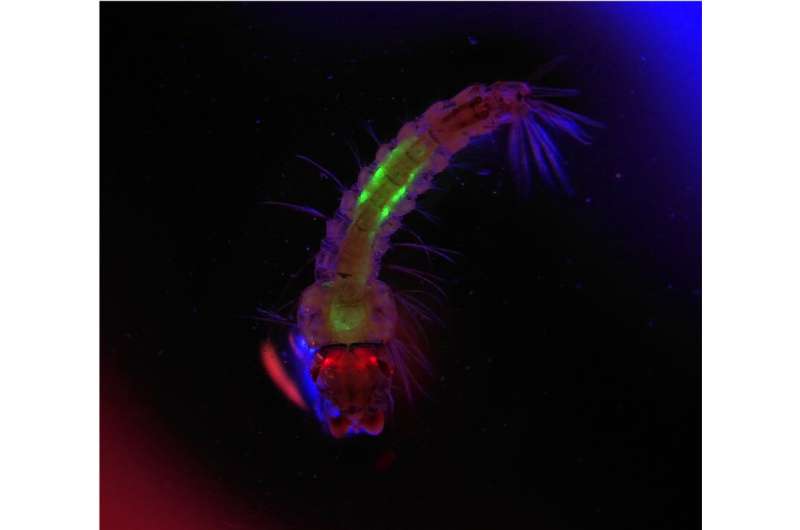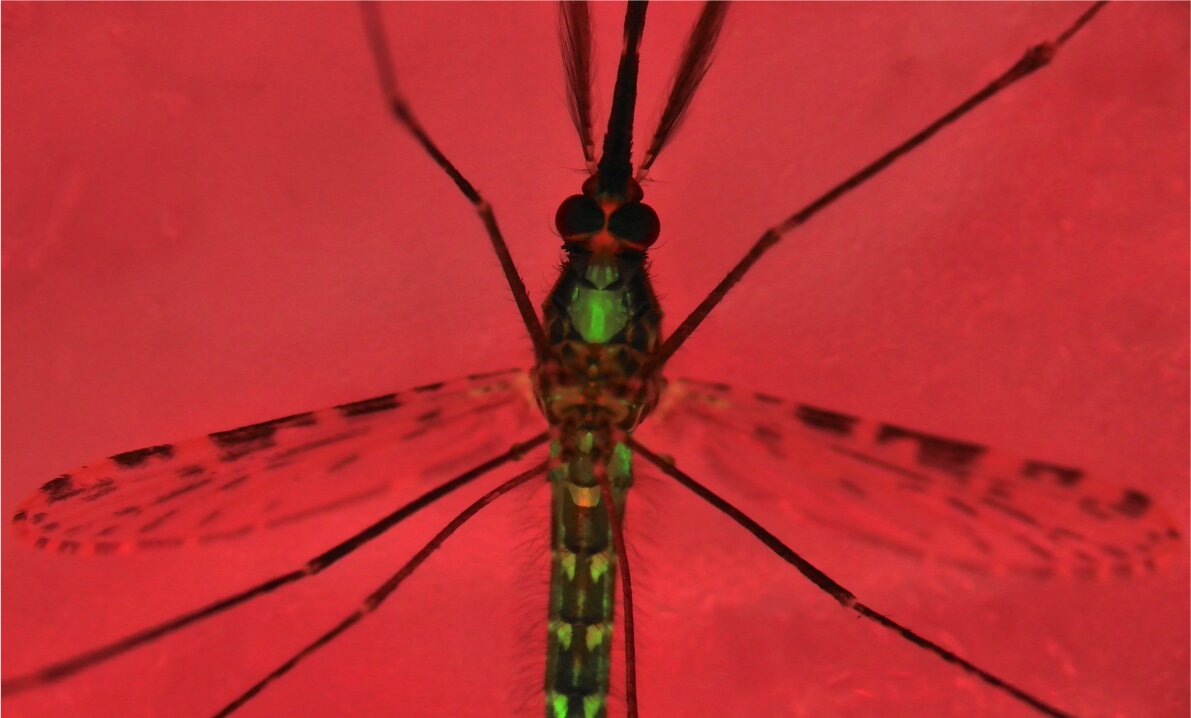Malaria, a deadly disease, continues to claim hundreds of thousands of lives each year, with young children under the age of five being the most affected. The Centers for Disease Control and Prevention recently reported five cases of mosquito-borne malaria in the United States, marking the first cases in over twenty years in the country.
Fortunately, scientists are employing innovative and safe technologies to combat the spread of malaria by genetically modifying the mosquitoes that carry and transmit the disease-causing parasites. A team of researchers at the University of California San Diego, led by Professor Omar Akbari, has pioneered a revolutionary method to genetically suppress populations of Anopheles gambiae, the primary carriers of malaria in Africa and a catalyst for economic poverty in affected regions.
Their groundbreaking system specifically targets and eliminates female A. gambiae mosquitoes, as they are responsible for spreading the disease through biting.
Published in the journal Science Advances on July 5, the research paper authored by Andrea Smidler, James Pai, and Reema Apte, in collaboration with UC Berkeley and the California Institute of Technology, describes a system called Ifegenia. This system, which combines the power of CRISPR technology and the disruption of the femaleless (fle) gene that controls sexual development in A. gambiae mosquitoes, effectively suppresses their populations.
Ifegenia functions by introducing the two main components of CRISPR, the Cas9 nuclease and a guide RNA, into African mosquitoes. The Cas9 nuclease acts as the “molecular scissors” that make precise genetic cuts, while the guide RNA directs the system to target the fle gene. The researchers genetically modified two groups of mosquitoes to separately express Cas9 and the fle-targeting guide RNA.

“By crossbreeding these mosquitoes, we observed the remarkable result of exterminating all the female mosquitoes,” stated Smidler. “It was truly extraordinary.” However, the genetic modifications have no impact on the reproductive capabilities of male A. gambiae mosquitoes, as they can still mate and spread the modified genetic trait of Ifegenia.
This genetic manipulation ultimately halts the spread of the malaria parasite, as the removal of female mosquitoes leads to a reproductive dead end for the population. Unlike other systems, Ifegenia overcomes challenges related to genetic resistance and control, as the Cas9 and guide RNA components remain separate until the population is ready to be suppressed.
The authors emphasize in their paper, “We have demonstrated that Ifegenia males remain reproductive and capable of transmitting fle mutations and CRISPR machinery to subsequent generations, ensuring sustainable population suppression. Through extensive modeling, we have proven that iterative releases of non-biting Ifegenia males can serve as a highly effective, confined, controllable, and safe population suppression and elimination system.”
Conventional methods such as bed nets and insecticides have proven increasingly ineffective in combatting the spread of malaria. Insecticides continue to be extensively used worldwide, primarily in malaria prevention efforts, which poses health and ecological risks to regions in Africa and Asia.
Smidler, who obtained a Ph.D. in biological sciences of public health from Harvard University before joining UC San Diego in 2019, is utilizing her expertise in genetic technology to address the spread of the disease and its associated economic repercussions. The success of Ifegenia has surprised her as a highly effective suppression system.
“This technology has the potential to be the safe, controllable, and scalable solution the world urgently needs to eliminate malaria once and for all,” stated Professor Akbari, from the Department of Cell and Developmental Biology. “Now, we need to focus on gaining social acceptance, regulatory authorizations, and funding opportunities to subject this system to comprehensive testing in order to suppress wild mosquito populations responsible for malaria transmission. We are on the verge of making a major global impact and will not cease our efforts until we achieve this goal.”
The researchers also suggest that the Ifegenia technology could be adapted for other species that transmit deadly diseases, such as mosquitoes that carry dengue, chikungunya, and yellow fever viruses.
More information:
Andrea L. Smidler et al, A confinable female-lethal population suppression system in the malaria vector, Anopheles gambiae, Science Advances (2023). DOI: 10.1126/sciadv.ade8903
Citation:
New genetic technology developed to halt malaria-spreading mosquitoes (2023, July 5)
retrieved 5 July 2023
from https://phys.org/news/2023-07-genetic-technology-halt-malaria-spreading-mosquitoes.html
This document is subject to copyright. Apart from any fair dealing for the purpose of private study or research, no
part may be reproduced without the written permission. The content is provided for information purposes only.
Denial of responsibility! SamacharCentrl is an automatic aggregator of Global media. In each content, the hyperlink to the primary source is specified. All trademarks belong to their rightful owners, and all materials to their authors. For any complaint, please reach us at – [email protected]. We will take necessary action within 24 hours.

Shambhu Kumar is a science communicator, making complex scientific topics accessible to all. His articles explore breakthroughs in various scientific disciplines, from space exploration to cutting-edge research.


